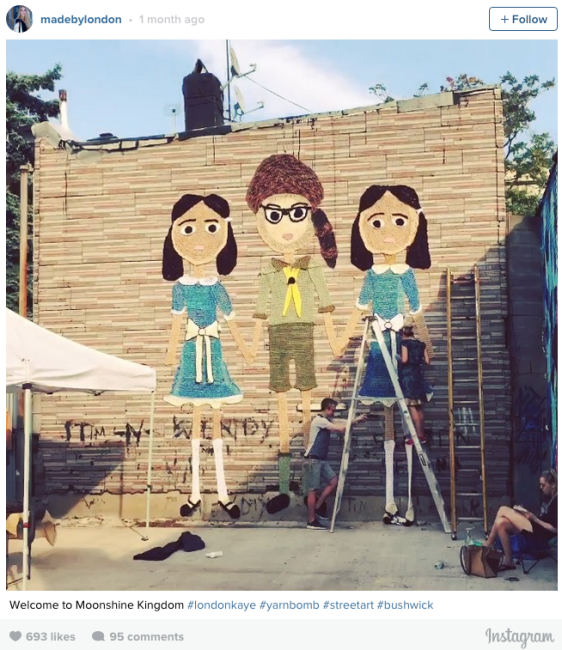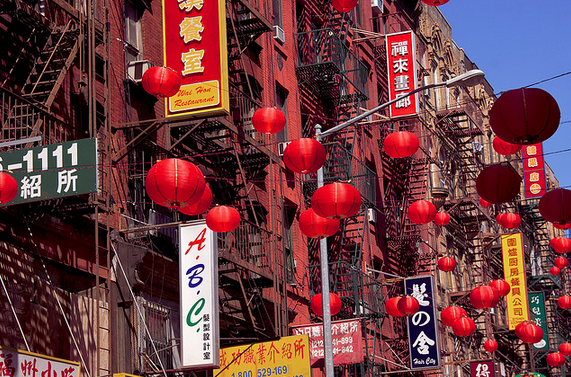New WNYC podcast takes an in-depth look at gentrification in Central Brooklyn
It's a hot button issue across the city, but gentrification is deeply felt in central Brooklyn, the focus of a new eight-week WNYC series called There Goes the Neighborhood. According to WNYC, rents in some neighborhoods in the area have doubled and tripled in recent years. The series—a partnership with The Nation magazine—is an effort to "try and understand this moment," says Kai Wright of The Nation. They're planning to explore whether gentrification is inevitable and what can be done to temper it in a borough whose very name has become synonymous with gentrification.
WNYC points out that the median price of a home in Brooklyn is $700,000, and the median income is $46,000. "You'd have to use all of that income to buy at that price and pay that mortgage," says WNYC reporter Jim O'Grady. That math "makes Brooklyn the least affordable real estate market in the United States. And renting's no better," he says.
O'Grady told us that the issue feels particularly acute right now as sources of money are coming into Brooklyn from all over the world, from small players to large foreign hedge funds. "There's a giant pool of capital looking for a place to park itself, and NYC real estate seems not only to be safe, but inevitably profitable."
The first episode, Mouth to Ear, explores how gentrification happens, and it seeems a lot of it is word of mouth. Developers hear (often through "speculators" or "scouters") about which owners are looking to sell their properties and go in and buy them out. (If you live in Brooklyn and have seen flyers around offering cash for homes, that's what it is.) Apparently a lot of these "brokers" or "matchmakers," as they're described by one developer, connect developers to landlords, and are doing so off the books and illegally, since they don't have a license.
Sometimes flippers will buy a house that's in foreclosure or as a short sale and "flip" it to developers, making hundreds of thousands of dollars in profit before developers come in and renovate it all to sell or rent out apartments. There's a cringe-worthy moment in the piece in which a Brooklyn developer argues for how gentrification is helping the neighborhood, using the phrase "better people" to describe those who are moving in. Plus, he say — more graciously — that services improve and crime dips, which may be true. But it all also leaves listeners wondering what these so-called upgrades will cost long-term residents.
O'Grady tells Brick Underground he wasn't surprised that he kept hearing Black and Latino people saying that they'd been there so long, had stuck out the bad times and now felt they were being pushed out. What O'Grady is surprised about, he says, is just how much community boards have voted against De Blasio's affordable housing plans.
Monica Bailey is an African-American woman who's lived in Bedford-Stuyvesant for over 30 years and found herself kicked out of her longtime home. (Her heat, hot water and electricity were shut off at one point to entice her to leave.) Her story, presented in a podcast, exemplifies one way gentrification can hurt a neighborhood. In a poignant moment, Bailey says, "I refuse to be moved out of my place, where I feel comfortable, where I live, where people know my name, where I know their name, where we watch out for each other."
She ended up finding a new place in her neighborhood, for under market rate, using that good old word-of-mouth tool that's helped so many developers. Next up (tomorrow): A look at the next "big" neighborhood: East New York. We honestly can't wait.
You Might Also Like



























